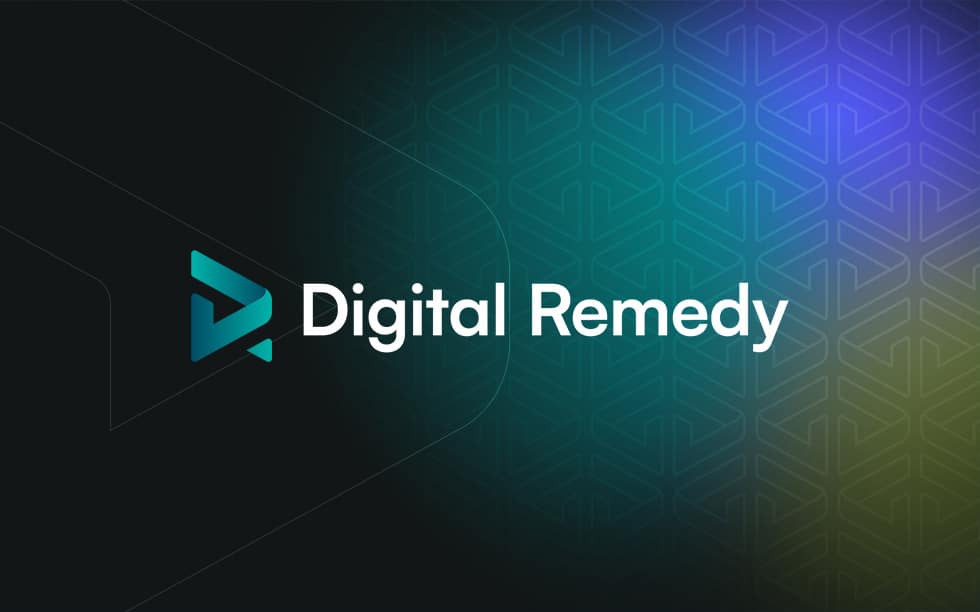Oct 11, 2022
—
As the political landscape in the United States evolves, so does political ad buying. According to AdImpact, ad spending for the 2022 election cycle is expected to reach nearly $9.7b across local broadcast TV, cable TV/satellite, digital political advertising (Google and social media), over-the-top (OTT) video content, and connected TV (CTV). This projection is $700m…

As the political landscape in the United States evolves, so does political ad buying.
According to AdImpact, ad spending for the 2022 election cycle is expected to reach nearly $9.7b across local broadcast TV, cable TV/satellite, digital political advertising (Google and social media), over-the-top (OTT) video content, and connected TV (CTV). This projection is $700m more than what was spent in the 2020 Presidential campaign.
If you’re surprised that nearly $1b more is being spent on midterms than a Presidential election, you are not alone.
According to CNN, Presidential election cycles almost always cost more than midterms.
So, why is political advertising so much more in the 2022 midterms, and where are candidates, fundraisers, and advocacy groups choosing to spend their ad dollars?
From sports to award shows, in most contests, the value of the prize sets the standard for the competition. A Super Bowl title means more than a regular season win, and most would argue an Oscar holds more weight than a Golden Globe.
This historical increase in ad spend for the 2022 midterms is partially because the prize is so great.
Majorities in both the Senate and the House are at stake. 2006 was the last time both chambers of Congress flipped party control in the same year.
While the seats may be highly competitive this year, the accessibility of online fundraising tools also has led to a sharp increase in political advertising competition. As of September 2022, $5b worth of ads have already aired across the country or are scheduled to air by Election Day—already more than what was spent during the 2018 midterms.
Aside from congressional races, there are also 36 gubernatorial elections—compared to 14 during the 2019-2020 election cycle—on the 2022 ballot, many of which are in battleground states like Michigan, Arizona, Wisconsin, and Pennsylvania.
But why are fundraisers, and their media buying teams, spending so much more on this round of gubernatorial races than in years before? Put simply—Republicans and Democrats voters alike realize the power some local officials hold in deciding Presidential elections. In addition, the rise in self-funded candidates willing to pour millions of their own dollars into their campaigns has helped create this historic level of spending.
For a greater understanding of this historic midterm election, here is AdImpact’s projected breakdown of where this money is going:
The amount of dollars spent isn’t the only thing that has changed this election cycle. New technology in advertising is also influencing where candidates choose to spend their dollars.
With more technological opportunities to reach targeted voters than ever, campaigns are leveraging different media channels to spread their message. When buying media for multiple platforms, political candidates and fundraisers have more capability to reach voters where and when it matters most.
Evolutions in media have constantly reshaped how people think and interact with each other. From the invention of the printing press to the transition towards newspapers, the radio, TV, and now the Internet, how people receive information matters.
This election cycle marks another shift in how media is consumed.
Although programmatic advertising is nothing new, political advertisers have only recently begun to understand its incredible potential—especially in regard to connected TV and over-the-top video content.
Much like social media and Google advertising, this form of political advertising offers campaigns the ability to tailor their ads to specific audiences. According to The New York Times, users may be shown different political ads based on age, race, ethnicity, gender, party affiliation, voting records, shopping habits, views on gun control, and estimated home value.
The ability to tailor ads so specifically has led to campaigns investing large sums of money into this new form of advertising. In addition to tailoring ads to viewers, OTT/CTV has significant capabilities when reaching the right audience at the right time. By allowing advertisers to target, measure results, and retarget TV-viewing households, OTT/CTV helps politicians reach the viewers that traditional TV can’t.
2022 is the first year that CTV ad spend tracking is widely available, and data shows that this channel is a hit with political advertisers. In 2022, political advertisers increased spending on CTV devices by 1500% in the first half of the year. When creative best practices are followed, OTT/CTV advertising can be an especially effective tool for any political marketing campaign.
Researchers project that campaigns will spend $1.44b on OTT/CTV advertising this campaign cycle.
Despite an OTT/CTV revolution being upon us, local broadcast TV does remain important regarding political ad spending. Because local broadcasters are not allowed to turn down a candidate’s ad based on its content, campaigns are given more flexibility with the ads created. Political strategists still trust cable to give them a significant return on investment, even with a sharp decline in ratings.
Although local broadcast TV is still taking up most of this year’s ad spending budget—with campaigns spending a whopping $4.98b on ads—streaming with digital platforms is in high pursuit, revolutionizing the modern political advertising landscape.
Television advertisements still show proven results. It’s estimated that campaigns will spend $1.54b on cable TV and satellite ads this election cycle. Reports indicate that winning campaigns air their ads across 18 different channels; compare this with losing campaigns airing their ads across only 11 channels, and you can understand why this traditional form of political advertising still carries so much weight.
Delivering their ads across as many channels as possible allows politicians to get their message to a broader and more diverse audience. Additionally, all signs show that cord-cutting is less prevalent than experts originally thought. 63% of Americans use both linear TV and streaming video platforms, reinforcing the importance of a cross-channel political campaign to ensure advertisers are not missing out on valuable audiences.
In recent years, there has been much discussion about the effects of digital political advertising on voters—especially because the laws governing these platforms were once loose at best.
Public pressures have led companies like Meta (the parent company of Facebook) to create new rules around what content is and isn’t allowed on their platform. For example, Meta says they will disable new “political, electoral, and social issue ads” during the week before the November 8th elections. Meta will also no longer allow posts or ads to misrepresent details about the voting process.
These changes have not reduced the amount of money candidates are willing to spend on digital political advertising. In fact, campaigns are projected to spend $1.44b on digital ads this election cycle.
With all the dollars and channels available, online and off, the importance of ad campaign optimization for political advertising agencies has never been greater. And, with the compressed timelines of most campaigns, media buying agencies must be especially vigilant in their management.
While the times of radio being the number one source of information across the country may be gone, this old dog still has a few tricks. Radio can be an incredibly effective tool in down-the-ballot races because it’s affordable, and advertisers can easily target listeners. Because of this, radio still brings in a share of political ad spending, especially as it moves digital. With similar targeting capabilities as CTV, digital radio is an excellent way to reach the right audience at any time, in-home or on the go.
AdImpact projects campaigns will spend $0.27b on radio ads this election cycle.
The Federal Communications Commission (FCC) regulates all political advertisements on behalf of the federal government. From billboards to television advertisements and everything in between, the FCC ensures political content is fully regulated.
Research conducted by Ken Goldstein of the University of Wisconsin-Madison and Paul Freedman of the University of Virginia shows that both positive and negative ads can stimulate voter turnout.
As commercial advertising continues to adapt to a changing technological landscape, campaign managers need an online platform that can help them build effective campaigns that garner votes for their preferred political candidates.
Flip, our award-winning performance CTV platform, drives action, not just views. Flip provides access to every major streamer, tracks any down-funnel KPIs, and optimizes CTV campaigns in real time toward ROAS or CPA goals. Our platform offers media buying solutions that deliver real-world results.
Speak with a member of our team to learn how our intelligent media management and activation products can optimize your next campaign.
Related Posts

As we edge closer to Black Friday 2024, it’s crucial for performance marketers to gear up for Cyber Five..

The power of audio in reaching health-conscious consumers is undeniable. Amid this surge of well-being comes an opportunity for.

With the significant growth in direct-to-consumer marketing (DTC), competition for consumer attention has never been greater. As more brands.